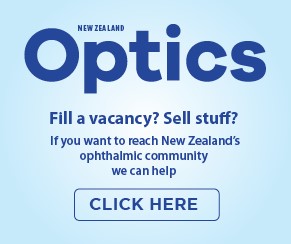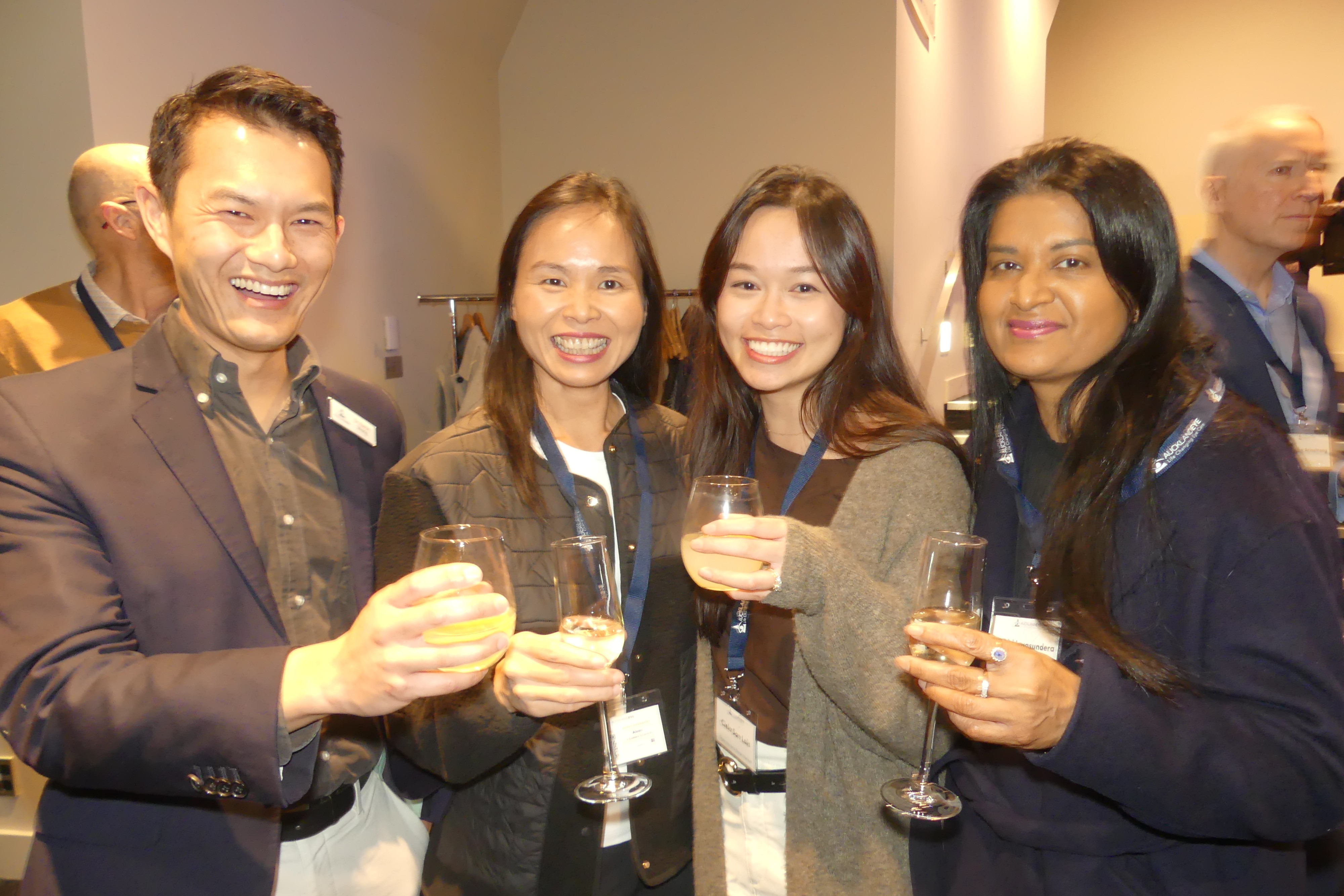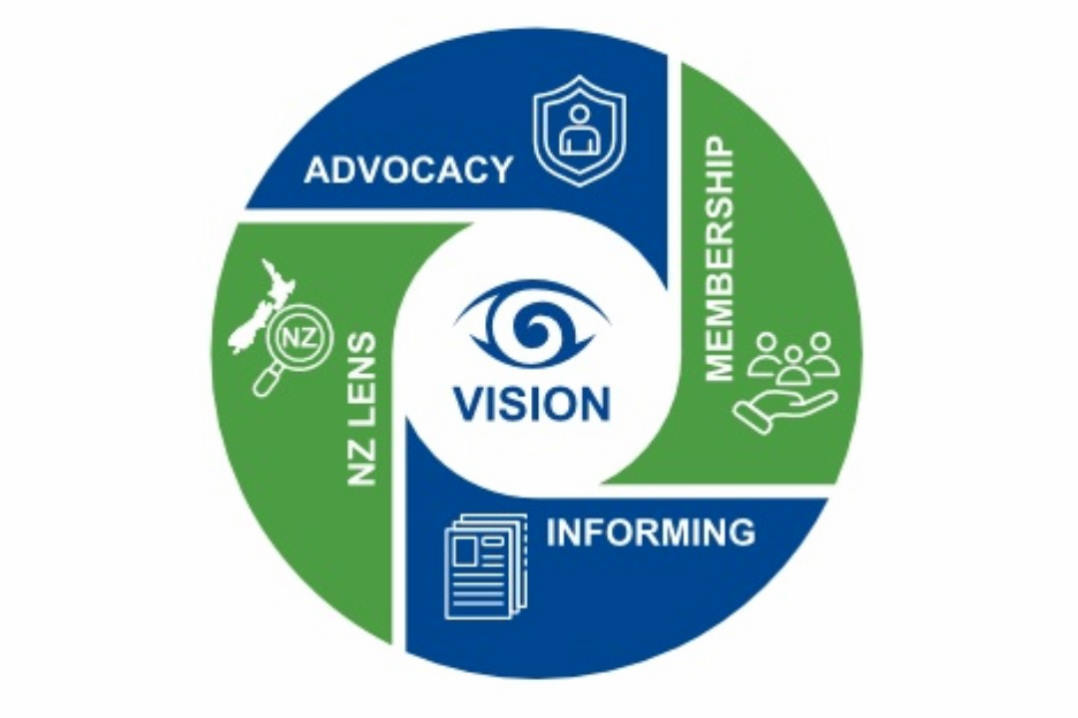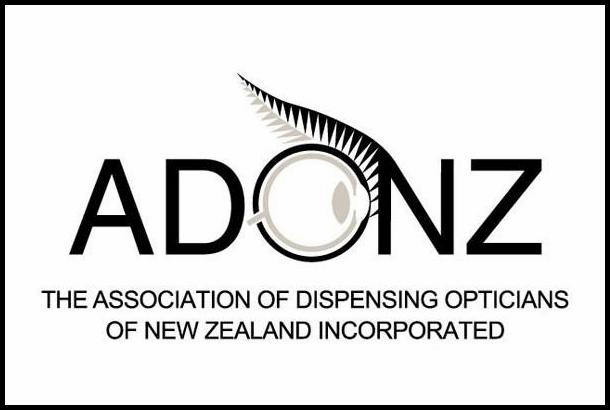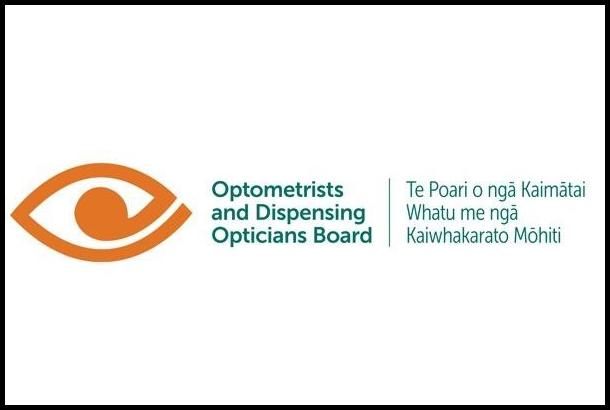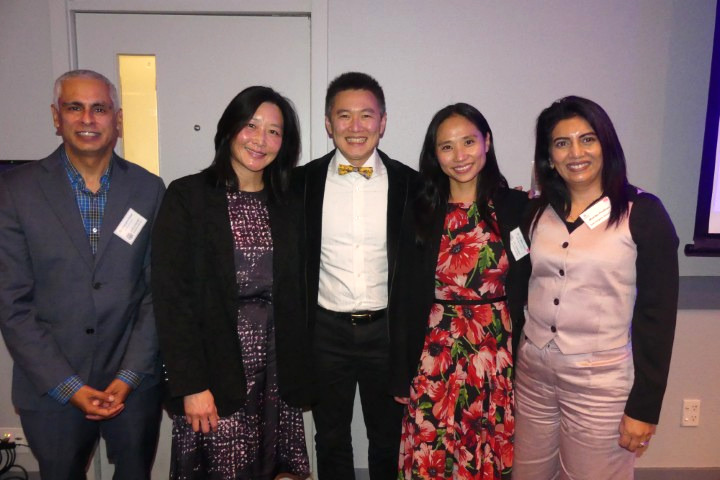Open letter to NZAO members frustration with term limits
The New Zealand Association of Optometrists (NZAO) finds itself at a constitutional crossroads. The Incorporated Societies Act 2022 has arrived, requiring us by law to modernise our governance structures by 5 April 2026. It is not optional. What is optional, however, is whether we seize this moment to implement genuine governance reform or merely shuffle our constitutional furniture while leaving the fundamental power structures untouched.
The Act itself is admirably agnostic by providing a supportive framework that requires clear officer terms and removal procedures while deliberately avoiding prescriptive mandates.
The proposal: a modest suggestion for democratic renewal
During NZAO’s first Special General Meeting (SGM) in June, I proposed what I considered a rather unremarkable addition to our new constitution: term limits for council members. This proposal was met with some reluctance from some NZAO members. I was pleased to hear, however, there was some support of my proposal at the subsequent SGM in July.
My original proposal was:
- Fixed number of three consecutive terms (at two years each, equating to six consecutive years on council), followed by a one-term standdown before becoming eligible for re-election to council
- Contingencies for when there are insufficient nominations – the existing council member who has reached their term limit could continue to stand for re-election
- Former council members could act in a remunerated consultancy role, given their previous experience.
My rationale was straightforward: term limits prevent an imbalance of power where the more experienced councillors have the final say as they have institutional knowledge, which newer members would be less likely to question.
I have experienced this challenge firsthand when attempting to conduct one of my accounting surveys – a routine practice among professional associations – only to be told it was illegal under the Commerce Act by institutional wisdom. With some pushback and follow up, this was proved entirely incorrect. The Commerce Commission said such research is not only allowed, it is so common the Commission even has a fact sheet available for associations. This shows how institutional wisdom can sometimes be institutional mythology.
But here lies the deeper concern: why was this incorrect wisdom never challenged by other, newer council members? Why were these pronouncements simply accepted without verification? And therefore, why has NZAO never conducted such surveys for its members when every other association does?
This suggests a culture where institutional authority surpasses evidence-based enquiry – precisely the kind of stagnant thinking term limits are designed to prevent. If newer members do not question established ‘facts’, how many other pieces of received wisdom have calcified into gospel without ever facing the scrutiny of independent verification? The reluctance to fact-check institutional knowledge reveals a governance culture that prioritises deference over diligence.
The resistance: in defence of perpetual tenure
The counterarguments presented at the SGM were as predictable as they were revealing. Four primary objections emerged from the assembled guardians of governance continuity:
First, the sacred doctrine of institutional knowledge. One member argued that limiting tenures could result in loss of institutional knowledge. The suggestion that proper documentation might preserve institutional knowledge while preventing its corruption was met with scepticism.
Most remarkably, a defender of unlimited terms cited the recent Optometrists and Dispensing Opticians Board New Zealand (ODOB) cyberattack as evidence supporting their position – apparently suggesting that because digital systems can be compromised, we should abandon documentation altogether and rely solely on human memory. By this logic, we should perhaps return to a pre-technological state entirely, communicating only through smoke signals and storing all professional knowledge in the fallible recesses of individual minds.
If hackers can steal governance data, the solution is better cybersecurity, not the abandonment of record-keeping. After all, institutional knowledge can still be printed, published, or stored in multiple secure formats – unless we're anticipating an invasion of paper-eating cyber-termites.
Second, the matter of governmental and regulatory cycles. Some members were worried that external factors like legislative changes require experienced leadership to manage effectively over extended periods. One referenced ODOB's structure of three terms of three years, warning that shorter tenures could result in lack of continuity.
But, as per my original proposal, former council members could continue in a consultancy role on long-term projects they were previously involved in as a council member, allowing for continuity.
Third, the complexity and learning-curve concern. Another member noted governance is not typically part of optometry training so clinicians face a steep learning curve when joining council, emphasising the importance of experienced members in guiding newer councillors. The implication seemed to be that optometrists, despite their professional competence, are somehow uniquely incapable of mastering governance principles within a reasonable timeframe. Is diagnosing retinal detachment child's play compared to the apparently superhuman challenge of reading a financial statement or understanding rules of order?
This again shows better record-keeping is needed to reduce the learning curve for new council members.
Lastly, the difficulty of finding newer councillors was stated as a concern if term limits are imposed. Therefore, as a contingency, I proposed that existing council members who have received their term limit could stand for re-election if there were insufficient nominations.
Evidence trumps tradition
The spectre of ‘institutional knowledge loss’ crumbles upon contact with empirical scrutiny. The Bridgespan Group reported its research showed systematic knowledge management reduces transition disruption by 70% while enhancing productivity by 50%.
One might reasonably suppose that successful knowledge preservation would require something more sophisticated than the collective memory of long-serving councillors. Indeed, research identifies four essential elements: comprehensive documentation systems, structured succession planning, robust onboarding processes and technology-enabled knowledge-sharing platforms.
Modern era governance
My proposal should be seen as a balanced option.
The structure provides six years of potential service while ensuring genuine renewal rather than perpetual re-election. Staggered implementation prevents knowledge loss by ensuring continuity during transitions, while the two-year term provides sufficient time for meaningful contribution without creating entrenchment risks. The mandatory break provision addresses concerns about power concentration while allowing re-engagement of effective leaders after renewal periods.
The suggestion that six years might be sufficient time to contribute meaningfully to our association will doubtless strike some as dangerously radical.
The choice before NZAO members
The evidence for term limits is overwhelming. The legal framework supports them. International best practice validates them. Our peer associations have successfully implemented them. This is not about targeting individuals but about creating governance worthy of a professional association in the 21st century – one that combines respect for experience with openness to innovation.
The question is not whether we have capable leaders – we do. The question is whether we have the institutional wisdom to create systems that develop more capable leaders, that encourage fresh thinking and that prevent the gradual calcification of good intentions into bureaucratic inertia.
Term limits offer not a threat to institutional knowledge but a mandate for its proper preservation. They promise not chaos but the kind of creative disruption that keeps organisations vital and responsive to their members' needs.
Should the role genuinely require years of apprenticeship to master, this argues for better systems and training, not clinging to those who have supposedly navigated these Byzantine complexities.
I hope NZAO can take such proposals seriously before its members vote on the new constitution in the AGM.

Robert Ng is a co-director of Frith and Laird Optometrists in Auckland and a part-time teaching fellow at the School of Optometry and Vision Science at the University of Auckland.








